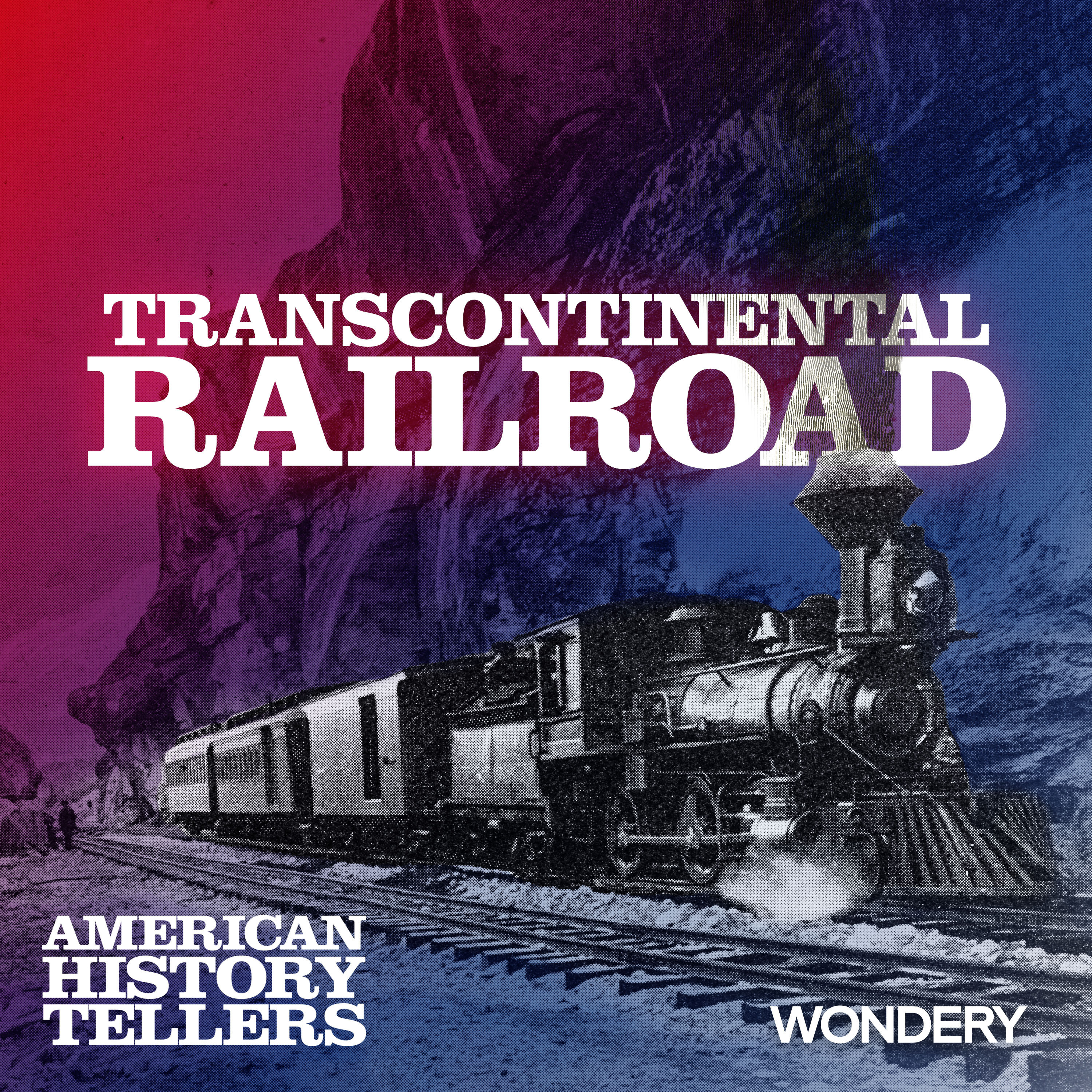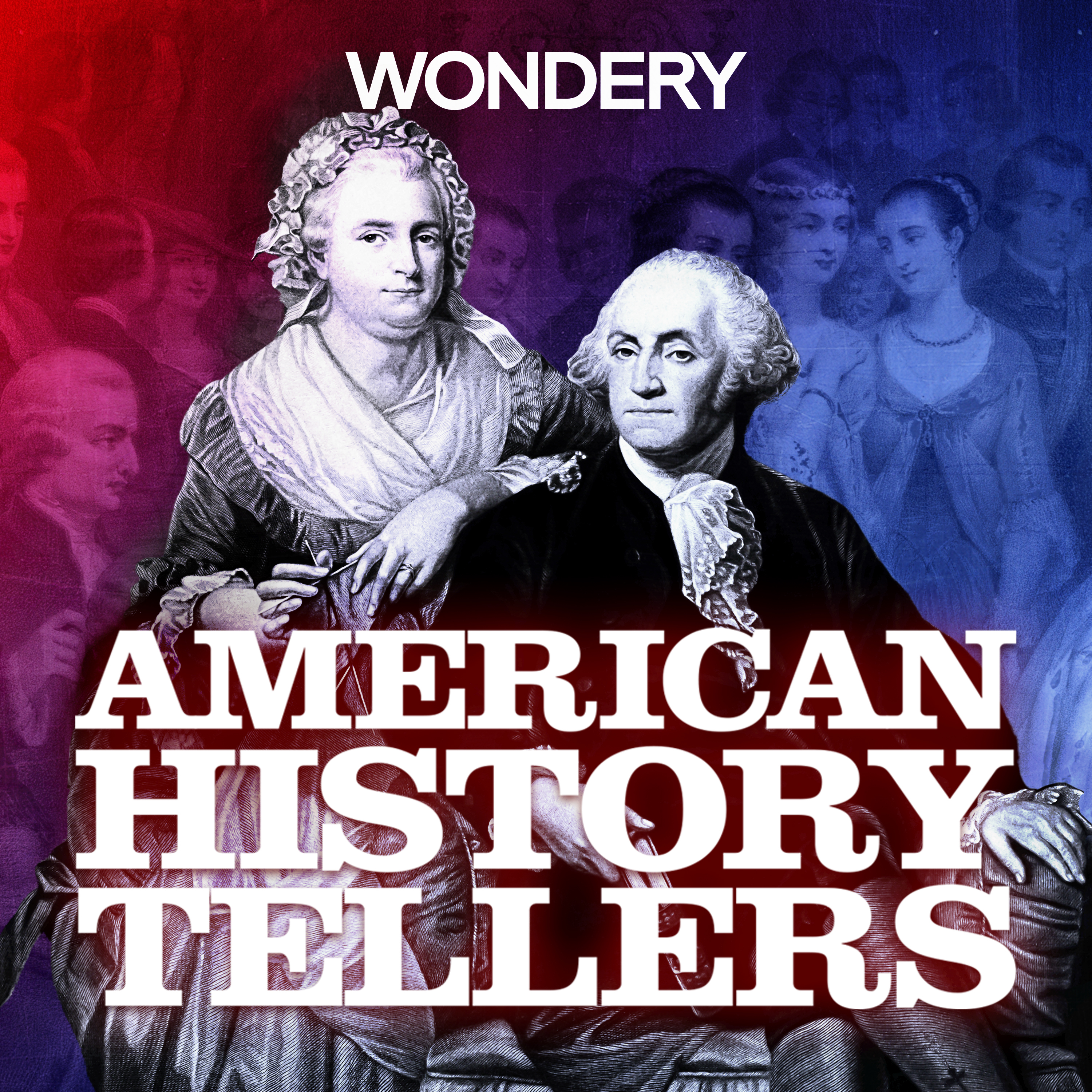
Transcontinental Railroad | Hell on Wheels | 3

American History Tellers
Deep Dive
Why were Central Pacific workers stalled in California in 1866?
They faced the monumental task of blasting 15 tunnels through solid granite in the Sierra Nevada mountains.
What challenges did Union Pacific workers face in 1866?
They faced harassment and violence from Plains Indians defending their ancestral homelands from the encroaching railroad.
Why did the Central Pacific hire a lobbyist in 1866?
To remove federal limits on their mileage, allowing them to compete with the Union Pacific for land and government bonds.
What was the outcome of the lobbying efforts by the Central Pacific in 1866?
President Andrew Johnson signed an amendment allowing the Central Pacific to construct its line east until it connected with the Union Pacific Line.
How did the Central Pacific workers manage to continue construction during the harsh winter of 1866-1867?
They shoveled snow tunnels to maintain access to worksites and lived inside these snow labyrinths, despite the dangers and claustrophobia.
What explosive did the Central Pacific start using in 1867, and why?
They started using nitroglycerin, a powerful explosive eight times more destructive than black powder, to speed up tunnel blasting.
What was the significance of the Summit Tunnel breakthrough in 1867?
It marked the piercing of the Sierra Nevada, allowing the Central Pacific to move forward in their race with the Union Pacific.
Why did 2,000 Chinese workers go on strike in June 1867?
They demanded $40 a month and shorter shifts, challenging the stereotype of Chinese immigrants as passive and submissive.
What was the result of the Chinese workers' strike?
Most workers returned to work after a week without food, but the strike taught company leaders not to take their labor for granted.
What was the significance of the Dale Creek Bridge in 1868?
It was a major construction project for the Union Pacific, built over a wide canyon in the Rocky Mountains, and was a key milestone in their westward progress.
How did Collis Huntington attempt to gain an advantage over the Union Pacific in 1868?
He sent a fraudulent map to Interior Secretary William Browning, indicating the Central Pacific tracks were further east than they actually were, to secure permission to grade further into Utah.
What was the outcome of Huntington's fraudulent map request?
Interior Secretary William Browning approved the Central Pacific Line as far east as Monument Point, Utah, allowing them to move full steam ahead into Utah.
- The Central Pacific Railroad was limited to building only 150 miles east of the California-Nevada border.
- Thousands of Chinese laborers were employed to tackle the daunting task of digging tunnels through solid granite.
- The construction was slowed down by the need to blast through solid rock using hand drills and black powder.
Shownotes Transcript
In early 1866, Central Pacific workers were stalled in California, facing the monumental task of blasting 15 tunnels through solid granite in the Sierra Nevada mountains. Thousands of Chinese laborers would be pushed to their breaking point.
One-thousand miles to the east, workers on the Union Pacific faced Plains Indians desperate to defend their ancestral homelands from the encroaching railroad.
But the men in charge of the railroads knew that every mile of track meant money in their pockets, and they would stop at nothing to capture victory.
Order your copy of the new American History Tellers book, The Hidden History of the White House, for behind-the-scenes stories of some of the most dramatic events in American history—set right inside the house where it happened.
Be the first to know about Wondery’s newest podcasts, curated recommendations, and more! Sign up now at https://wondery.fm/wonderynewsletter
Listen to American History Tellers on the Wondery App or wherever you get your podcasts. Experience all episodes ad-free and be the first to binge the newest season. Unlock exclusive early access by joining Wondery+ in the Wondery App, Apple Podcasts or Spotify. Start your free trial today by visiting wondery.com/links/american-history-tellers/ now.
See Privacy Policy at https://art19.com/privacy) and California Privacy Notice at https://art19.com/privacy#do-not-sell-my-info).